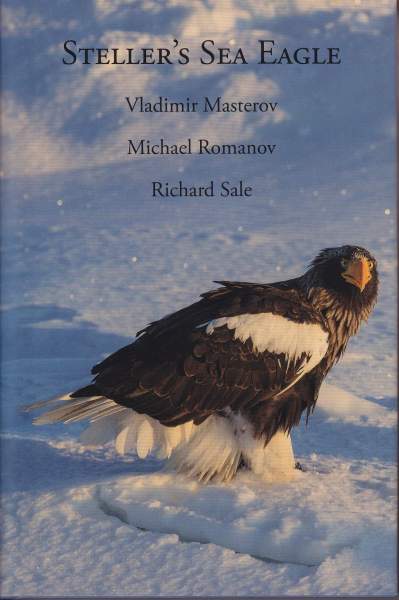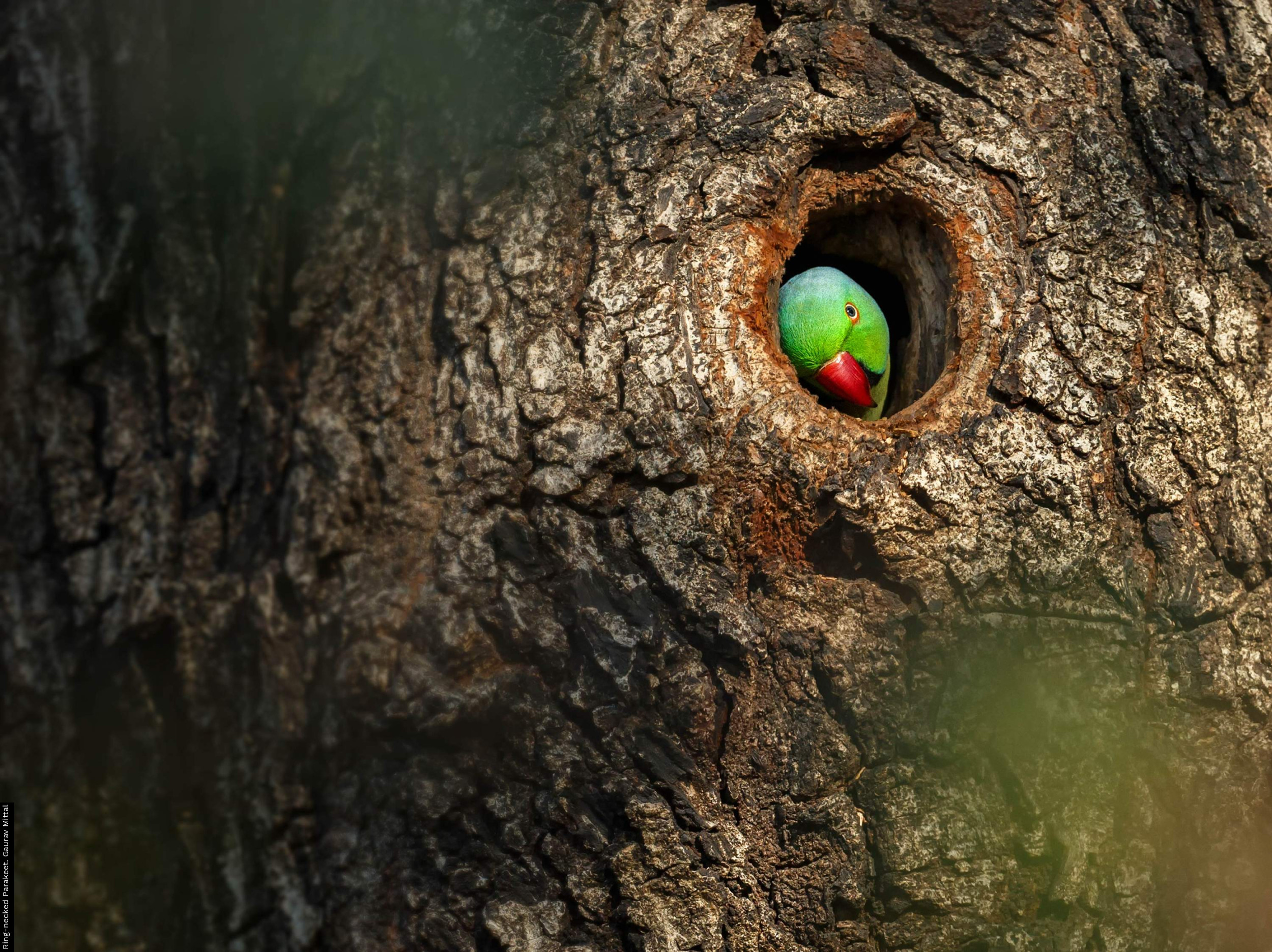
Publisher: Snowfinch Publishing, Coberley
Publication Year: 2019
Binding: Hardback
Page Count: 384
ISBN Number: 9780957173231
Price: £ 40.00
Steller's Sea Eagle
In 1740 Georg Steller, a young German doctor and naturalist, accompanied the explorer Vitus Bering on his search for a land bridge between Russia and America. The expedition was shipwrecked amid storms, and despite Steller’s best efforts, Bering and much of the crew died on what became known as Bering Island. Steller survived a harsh winter and returned to St. Petersburg with first descriptions of many animals, among them Steller’s Sea Eagle.
Times have moved on somewhat since Steller’s day, but still one can only wonder at the practical challenges involved in gathering the data on breeding productivity, range size, disturbance distances, and diet which underpin Steller’s Sea Eagle. These data largely tell a worrying tale: breeding productivity is low, with falling brood size linked to the depletion of fish stocks in the Sea of Okhotsk. Nest predation by Kamchatkan Brown Bears is also emerging as an additional source of nest failure, although attempts to mitigate this with anti-bear devices on nesting trees appears successful. Mortality of first year birds is unusually high for a Haliaeetus Eagle species: the authors describe how experienced birds head south early in the autumn to reach ice-free wintering grounds, while young birds are often drawn to abundant dead spawned salmon at the mouths of northern rivers in autumn, but then starve when winter falls and the sea ice comes.
Perhaps the greatest challenge for the species will come from the vast fossil fuel deposits which will bring habitat loss, power lines and disturbance, although efforts to mitigate these threats with practical solutions are well documented here. Given the small size of the wild population (perhaps as few as 5,000 individuals), the authors argue that it is now inevitable that the wild population will have to be bolstered by releases from the captive population.
This will prove a fascinating read for ornithologists prone to wonder about far-off species, with descriptions of the eagle hunting Harlequin Duck, Tufted Puffin, Crested Auklets, Ringed Seal pups particularly intriguing. But beyond that, this is an excellently assembled and definitive monograph, and a pragmatic doctrine for the conservation of an emblematic eagle species.
Book reviewed by David Jarrett
buy this book





Share this page